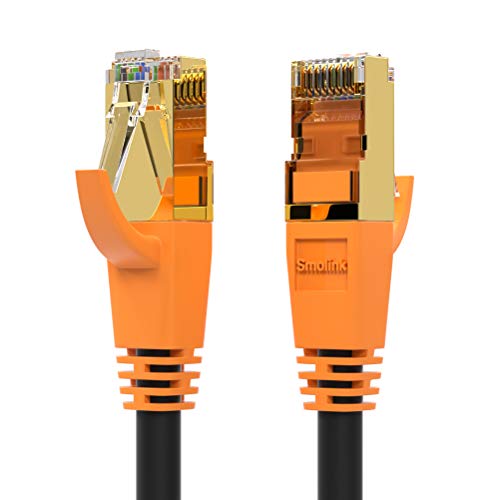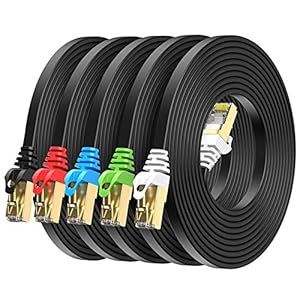Modem Cables
Modem cables, also known as modem cords or telephone cables, are used to connect modems to telephone lines for establishing internet connectivity. These cables are specifically designed for transmitting data signals between the modem and the telephone network.
Modem cables typically have a modular connector, commonly known as an RJ-11 connector, on both ends. This connector has four or six positions and is commonly used for connecting telephones, modems, and other devices to telephone jacks.
One end of the modem cable plugs into the telephone wall jack, while the other end connects to the modem’s corresponding port. The cable carries both the voice and data signals necessary for establishing an internet connection over the telephone network.
These cables are usually relatively short, typically a few feet in length, to provide a direct connection between the modem and the telephone line without excessive cable length. However, longer versions are also available for situations where the modem needs to be located further away from the telephone jack.
Modem cables are usually made of twisted pair copper wires and may have additional shielding to reduce interference and ensure reliable data transmission. They are designed to be flexible and durable, allowing for repeated use and easy installation.
It’s important to note that modem cables are specific to telephone-based internet connections, such as dial-up or DSL (Digital Subscriber Line). They are not used for other types of internet connections, such as cable or fiber optic connections, which require different cables and connections.
In modern internet setups, where cable or fiber optic connections are more prevalent, modem cables are less commonly used. However, they still play a role in certain situations, particularly for connecting modems to telephone lines in areas where DSL is still in use or for specialized applications that require telephone line connectivity.
Showing 1–12 of 20 results
Amazon Basics RJ45 Cat 6 Ethernet Patch Cable, 10Gpbs High-Speed Cable, 250MHz, Snagless, 15 Foot, Black
Cables & Accessories $6.51
















